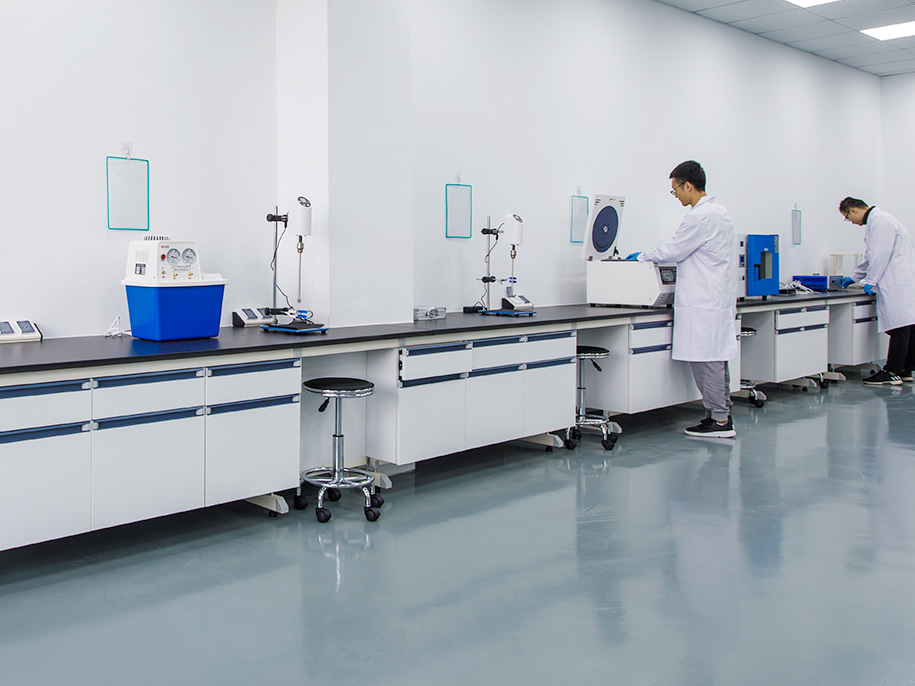Background
Graphene, with its unique 2D crystalline structure and excellent mechanical, electrical, thermal, and optical properties, has become a focal point of materials research. However, the challenge of large-scale production of high-quality graphene needs to be addressed for industrial applications.
Current Production Methods
- Mechanical Exfoliation: Limited controllability and yield.
- Oxidation-Reduction: Prone to elemental doping and structural defects, affecting conductivity.
- SiC Epitaxial Growth: Expensive raw materials and stringent growth conditions.
- Chemical Vapor Deposition (CVD): Complex process and high production costs.
Supercritical Fluid Technology
Supercritical fluid technology offers a novel approach to overcoming these challenges by providing a method for the large-scale production of high-quality graphene at lower costs and under milder reaction conditions.
What is a Supercritical Fluid?
A supercritical fluid (SCF) exhibits properties of both gases and liquids: it has gas-like diffusion properties and liquid-like solvation abilities. SCFs can easily intercalate into graphite, causing expansion and subsequent exfoliation into graphene layers.
Common Supercritical Fluid: CO2
- Critical Temperature (Tc): 31.1°C
- Critical Pressure (Pc): 7.38 MPa
- Advantages: Non-toxic, inert, inexpensive, and easily separable from the product. Widely used in nanocomposite material production.
Mechanism
The process uses supercritical CO2 to intercalate into natural flake graphite, causing it to expand and exfoliate into graphene:
- Intercalation: SCF’s high dispersion and penetration capabilities allow it to enter graphite layers.
- Rapid Depressurization: The significant expansion of CO2 releases energy, overcoming the van der Waals forces between graphite layers, resulting in the formation of single or few-layer graphene.
Benefits
- Simple process
- Controllable graphene layer number
- Low cost
- Low equipment requirements
- Green and environmentally friendly, as it avoids strong acids and bases.

Summary
Supercritical fluid technology holds great promise for the scalable production of high-purity, high-quality, and controllable graphene. It also has potential applications in graphene functionalization and nanomaterial synthesis. Despite some challenges, the future development prospects are vast, offering more possibilities for graphene applications across various fields.

